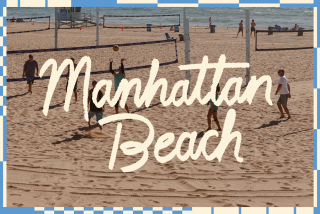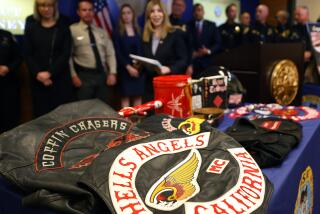Lessons of Howard Beach
- Share via
A year ago three black men were chased and beaten in Howard Beach, a predominantly white neighborhood in the Queens section of New York City. Their crime? Their car had broken down.
As they ran, Michael Griffith, 23, was hit by a car and killed, his death creating one more warning of the tragic consequences of irrational tensions that spring from the nation’s failure to heal the racial fissures that it inherited from its distant past.
Now Griffith’s death has resulted in, by present court standards, speedy justice. On Monday three young white men were convicted on manslaughter charges. Convictions in such a case would have been unlikely three or four decades ago.
The guilty verdicts, disappointing to those who had hoped for murder convictions, send a warning. Racial violence cannot be tolerated. Sentencing should reinforce the message.
“In this state, we live by the rule of law,” said New York Gov. Mario M. Cuomo after the verdict. “It operated here, apparently, without fear or favor. That is all we can ask.” That is all Americans can ask in court, but they can plead for more in other public arenas.
Cuomo proposed new laws with stiffer penalties for racial crimes after the Howard Beach tragedy. Other leaders should follow suit. They can also work to integrate schools and communities. Integration may appear as a simplistic remedy, but as long as people are divided according to race, there is a potential for conflict.
Among the questions raised in Howard Beach are: How do angry young men resolve conflict without violence? How do they dampen the anger itself, rising without substance or meaning? Finding answers is an urgent mission for the nation’s leadership. Seven white men, teen-agers, still face charges stemming from that bloody night. But verdicts and appeals should be but the beginning of the lessons of Howard Beach.
More to Read
Sign up for Essential California
The most important California stories and recommendations in your inbox every morning.
You may occasionally receive promotional content from the Los Angeles Times.










